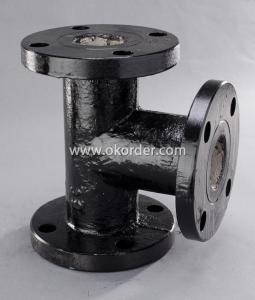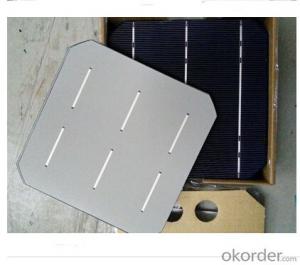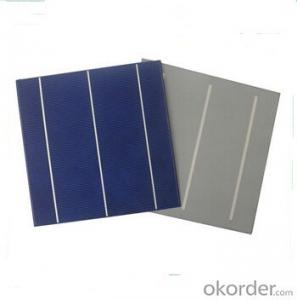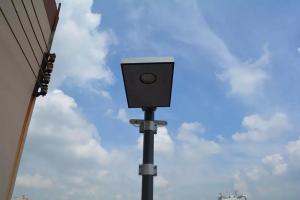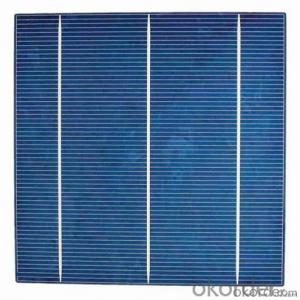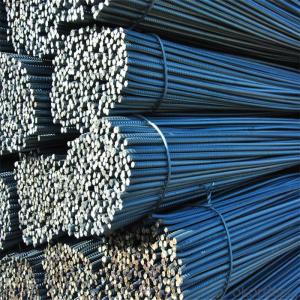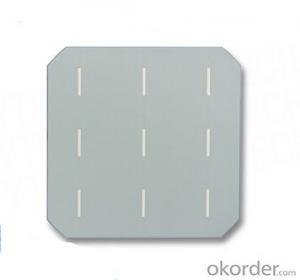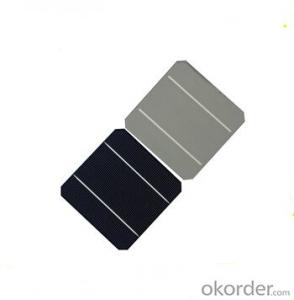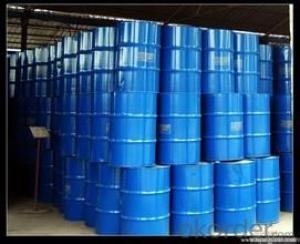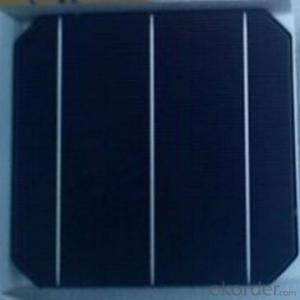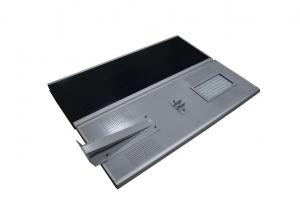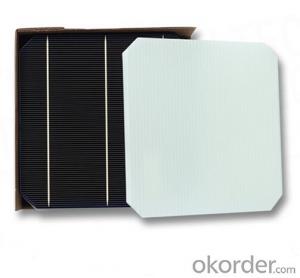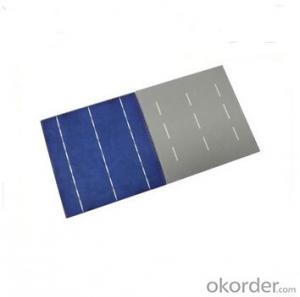All About Solar Cells
All About Solar Cells Related Searches
Raw Material For Solar Cells Roof Shingles With Solar Cells High Quality Solar Cells Light Trapping In Solar Cells High Performance Solar Cells High Output Solar Cells Best Solar Cells In The World Buy Solar Cells In Bulk Encapsulant In Solar Cells Low Light Solar CellsHot Searches
Steel Mesh Panels For Sale Price For Stainless Steel Scrap Scrap Price For Stainless Steel Cheap High Tea Sets For Sale Stainless Steel Tanks For Sale High Density Fiberboard For Sale Solar Hot Water Collectors For Sale Scaffolding For Sale In Uae Scaffolding For Sale In Ireland Scaffolding For Sale In Houston Type Of Inverter For Solar Price Of Shipping Containers For Sale Types Of Inverter For Solar Stock Price For Aluminum Used Solar Inverter For Sale Portable Led Signs For Sale Stone Hot Water Bottles For Sale Large Led Screens For Sale Used Aluminum Scaffolding For Sale Steel Mesh Panels For SaleAll About Solar Cells Supplier & Manufacturer from China
Okorder.com is a professional All About Solar Cells supplier & manufacturer, offers integrated one-stop services including real-time quoting and online cargo tracking. We are funded by CNBM Group, a Fortune 500 enterprise and the largest All About Solar Cells firm in China.Hot Products
FAQ
- How long does it take to make a solar cell?
- It only took me 1 day because I had all the required materials ready before I start to make it.
- Solar cells can be affected by bird droppings or debris as they can block sunlight from reaching the cells, reducing their efficiency. Regular cleaning and maintenance are essential to ensure optimal performance of solar cells and prevent any potential issues caused by bird droppings or debris.
- Yes, solar cells can be used in desalination plants. Solar energy can be harnessed to power the desalination process, providing a sustainable and environmentally friendly solution to address the growing global water scarcity issue.
- Yes, solar cells are environmentally friendly. They produce clean and renewable energy by converting sunlight into electricity without emitting harmful greenhouse gases or pollutants. Additionally, solar cells have a long lifespan and can be recycled at the end of their life, minimizing their environmental impact.
- Yes, solar cells can be used for powering amusement parks. Solar energy can be harnessed through solar panels, which can generate electricity to power various rides, lighting systems, and other infrastructure within the park. It is a sustainable and environmentally friendly alternative to traditional energy sources, reducing the carbon footprint and operating costs of the amusement park.
- Solar cells may experience degradation in regions with high levels of salt spray and corrosive environments. The salt particles and corrosive elements can cause the deterioration of the cell's components, such as the protective coatings and metal contacts. This can result in reduced efficiency and lifespan of the solar cells. However, advancements in materials and designs have been made to improve their resistance to corrosion, allowing solar cells to perform relatively well in such challenging environments.
- Yes, solar cells can be used on windows. Photovoltaic (PV) technology allows solar cells to be integrated into windows, transforming them into transparent solar panels. These solar windows can generate electricity from sunlight while still maintaining the functionality of a regular window. They are being increasingly used in buildings to harness solar energy and contribute to sustainable energy solutions.














